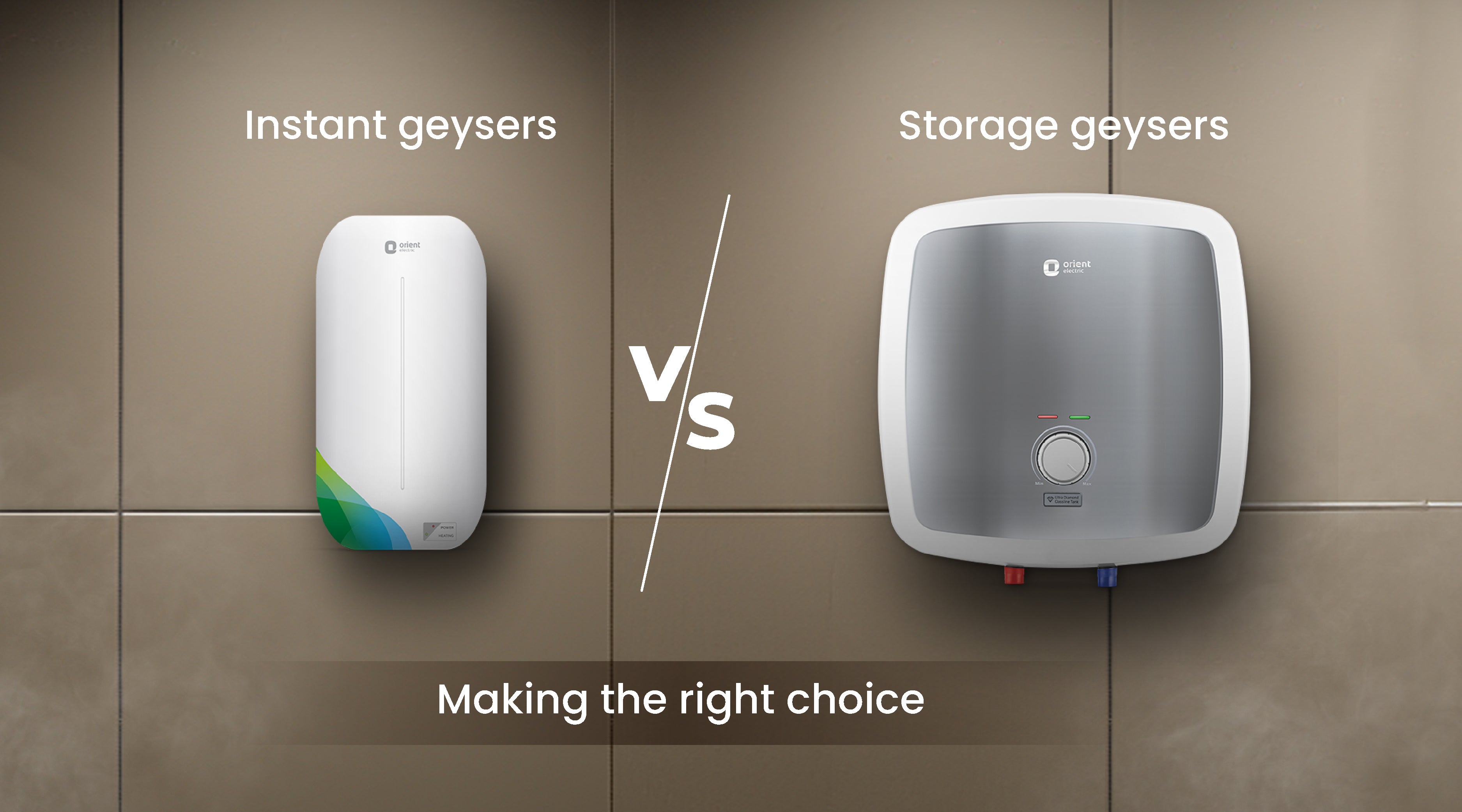Check geyser sizes before buying a new unit.
Check geyser sizes before buying a new unit.
Blog Article
Exactly how to Select the Right Geyser to Take Full Advantage Of Power Performance in Your Home
Picking an energy-efficient geyser is not as uncomplicated as it seems, requiring careful evaluation of various aspects. From comprehending the various kinds of hot springs, to reviewing their energy performance scores and taking into consideration positioning technique, each decision plays a vital duty in making the most of effectiveness. Stabilizing the preliminary financial investment with lasting savings is also critical. Let's embark on this journey to uncover exactly how to make the most enlightened selection for a hot spring that will decrease your energy costs while making sure optimum performance.

Comprehending the Various Sorts Of Geyser
While there are different kinds of hot springs available on the market, recognizing the differences between them is critical for energy effectiveness (geyser sizes). The initial type, storage hot springs, are the most usual and store hot water in a storage tank for use when needed. They are readily available in various capabilities and are typically energy-efficient, but they can shed heat when not in usage
The second type is the tankless geyser, which warms water on need, causing much less energy waste yet needing a higher initial power draw. Thirdly, there are heatpump geysers that utilize power to move heat from one place to an additional rather than producing warm straight. They can be 2 to 3 times more energy efficient than conventional storage geysers. Solar geysers use solar energy to heat up the water, making them the most energy-efficient however likewise the most expensive.
Assessing Your Household's Warm water Demands
Before diving into the acquisition of a hot spring, it is critical to evaluate the warm water demands of your family. This assessment should take into consideration many elements consisting of the variety of household participants, frequency of warm water usage, and the number of warm water electrical outlets in the home (geyser sizes). A small family members with occasional hot water use may need a smaller sized, much less powerful geyser contrasted to a larger family members with several day-to-day hot water needs
The kind of appliances that need warm water likewise play a significant duty. Dishwashers and cleaning machines, for circumstances, may need even more hot water than a straightforward shower or kitchen sink. In addition, particular tasks such as showering or cleaning additionally influence the frequency and quantity of warm water needed.
Reviewing Energy Efficiency Rankings of Geyser
Having actually evaluated the warm water demands of your household, it's crucial to transform your attention to the energy effectiveness rankings of geysers. These scores, site link normally offered as Power Factor (EF), suggest a hot spring's total power effectiveness based upon the quantity of warm water produced per system of fuel taken in over a regular day. The greater the EF, the more reliable the hot water heater.

Considerations in Geyser Size and Placement
Beyond power performance rankings, the dimension and positioning of your geyser are vital aspects to think about. The size of the geyser ought to align with your household's warm water demands. A tiny geyser might utilize less power yet might not offer enough warm water for numerous usages at the exact same time, whereas a larger device can fulfill higher demand but might take in more power.
Placement additionally affects energy performance. Hot springs ought to be installed near factors of use to decrease warmth loss during water transportation. A centrally situated geyser can service several areas properly. Furthermore, considering thermal insulation, a hot spring located in a warmer location sheds less warmth and as a result uses much less power to keep the water temperature.
Price Analysis: Stabilizing Initial Financial Investment and Long-Term Savings
While dimension and placement certainly play substantial roles in a hot spring's energy effectiveness, one must not ignore the economic aspect. When taking into consideration the initial investment, the rate of energy-efficient geysers can be greater than standard versions. The boosted ahead of time cost can be offset by long-lasting power financial savings, making it a worthwhile investment in the long run (geyser sizes).
Examining lasting savings requires an understanding of the geyser's energy score. A home appliance with a greater ranking will certainly eat less energy, translating to lower utility bills in time. Government incentives and rebates for energy-efficient appliances can also help recoup initial costs.
Finally, upkeep and life-span need to be factored in. Energy-efficient hot springs usually have much longer life-spans and reduced maintenance expenses, contributing to overall savings. Consequently, when stabilizing preliminary investment and long-term savings, one should take pop over to this site into consideration not just the purchase price yet additionally power usage, government motivations, and upkeep expenses.

Final thought
These consist of understanding the kinds of hot springs, examining your home's warm water demands, reviewing power efficiency rankings, and determining cost advantages. The right geyser dimension, placement, and insulation can dramatically minimize power expenses and environmental effect.
Report this page